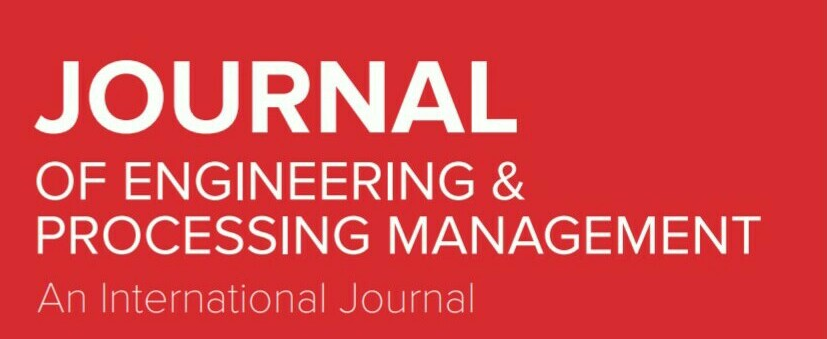Building a MATLAB applicaton for preliminary design and optimization of shell and tube heat exchangers
DOI:
https://doi.org/10.7251/JEPM2101006BAbstract
Designing shell and tube heat exchangers is a complex and time-consuming procedure. Since they are one of the most common process units in process industry, great effort should be made to improve their design and to facilitate the design procedure. Therefore, in this study, an easy-to-use MATLAB application for shell and tube heat exchanger preliminary design and optimization was developed. The application enables users to select operating parameters manually and test their effect on heat transfer area and pressure drop. Moreover, the application helps users to optimize the preliminary design, in terms of finding the minimal heat transfer area required to meet the process requirements. The validity of the application was tested on the example from the literature, where the heat transfer area was 61.91 m2. During the proposed optimization procedure, different parameter values were tested and an optimal combination of parameters was found within 5 seconds (for all combinations), resulting in the heat transfer area of 53.27 m2. The application has a great feature of displaying the impact of baffle cut value and baffle spacing on most important design parameters: heat transfer area, tube-side pressure drops and shell-side pressure drops. Also, new correlations were developed for the calculation of the Colburn heat transfer factor and friction factor as a function of Reynolds number and baffle cut value. Overall, the application has proven to be useful for the preliminary design of shell and tube heat exchangers, and can represent the foundation for the development of advanced heat exchanger design applications.

